One of the adaptations of being / living at high altitudes is the increase in oxygen supply for muscle work (increase in red blood cells), improvement in the use of oxygen (O2) through hypoxia conditions. The longer the time of daily exposure to high altitudes, the greater the increases in red blood cells and adaptations. […]
The decline in muscle strength is a predictable feature of aging, accompanied by cumulative illnesses, a sedentary lifestyle and poor nutritional habits. Atrophy of type II fibers in skeletal muscle is common in disuse syndrome, where it can theoretically be mitigated with strength training (ST). Weakness is the main cause of falls that are linked […]
Scientists have shown the benefits at the molecular level of physical exercise and considered skeletal muscle as an endocrine organ, capable of communicating with other tissues through myocins, cytokines that are produced and released by muscle contraction during physical exercise. Of these myocins, Irisin has been identified as a transformer from white adipose tissue (WAT) […]
The piriformis muscle has the primary function of external rotation of the hip in the neutral position, and abduction of the hip, with the same flexed in an open kinetic chair. The piriformis muscle originates along the anterior sacral surface and follows posterolaterally through the sciatic groove to insert itself over the greater trochanter of […]
The overall fertility rate is at a low record, with the average number of children per woman having declined dramatically by more than 50%. In addition, the number of couples with fertility problems has increased. Physical exercise is an effective behavior that could help increase fertility in women who are preparing to become pregnant. Women […]
Unlike street running, treadmill running has no air resistance. This has consequences on thermoregulation and energy cost. Air movement over the body aids convective heat loss and may reduce heart rate as the demand for peripheral blood flow is reduced. To compensate, electric fans are often used in laboratories; The fan helps convective heat loss, […]
side 1: the effects of concurrent training on neuromuscular performance. When aerobic exercise consists of running, interference is more pronounced compared to cycling. The authors speculate that it is due to the important eccentric phase involved in running, potentially increasing muscle damage and reducing strength and power adaptations. Acute and chronic hypotheses are suggested to […]
Pregnancy is the only period in life when a woman changes her life behaviors, including physical activity, which can affect her and the fetus’ health. One of the benefits of pregnancy training is improved physical capacity, mental health, decreased risk of chronic disease and mortality. It is recommended that 150 minutes of physical activity be […]


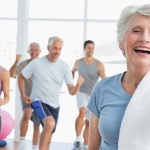
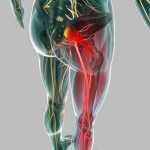

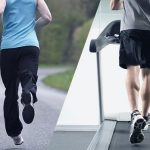
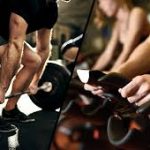
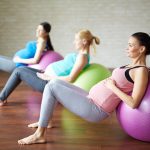

 Português
Português Español
Español